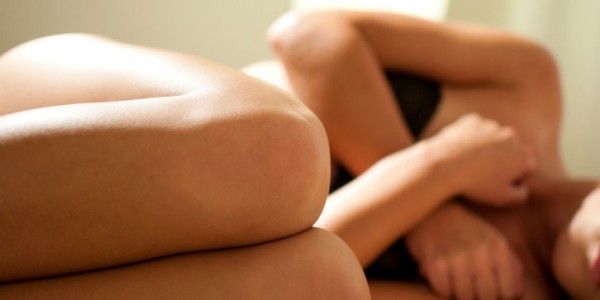VCH program helping women with silent but common condition
For two years, local actress Momona Komagata experienced intense pain every time she had sexual intercourse or even wore tight clothing.
“It happened over night,” the 26-year-old says. “As soon as my partner penetrated, I cringed – it felt like he was stabbing me with knives. After five or 10 minutes I couldn’t bare the pain so we stopped and I wasn’t sure what was wrong. A few days later we tried again and I couldn’t bear to do anything for more than 30 seconds – and that’s when I noticed that it hurt while I was sitting down. I then started the ridiculous, frustrating process of trying to get a diagnosis.”
The frustrating process took over a year and seeing 12 doctors and gynaecologists before she was told she had vulvodynia, a chronic pain condition that affects the female genital organs. The diagnosis led Momona to the Gordon and Leslie Diamond Health Care Centre, which houses the Multidisciplinary Vulvodynia Program to help women with the relatively unknown condition – even though one in six women experience it.
Unknown condition
“Many gynaecologists and physicians are unaware of this condition – they’re not being trained in it,” explains Dr. Caroline Klein, director of the program. “We hope this will eventually change so that it’s being taught in medical schools. But we really hope that we can show women that they are not alone, that it isn’t normal to have pain with sex and that there are treatments out there.”
Momona says she faced skepticism when trying to find out what was wrong with her.
“I had one doctor claim that I was a hypochondriac, but I knew it wasn’t in my head,” she says.
The unique program (it was the first of its kind when opening in 2008) provides integrated medical appointments, group educational seminars, pelvic floor physiotherapy, and psychoeducational skills training by a multidisciplinary team of health care professionals. Dr. Klein says that because the causes of vulvodynia are likely manifold (genetics, infections, triggering events) a multidisciplinary approach is considered most effective. To date, 292 women have gone through the program.
Makes life complicated
Before coming to the program, Momona says the condition made life complicated.
“It was really hard,” she says. “I’m an ex-gymnast, I perform stunts and I’m pretty active. Sports were really difficult because a lot of the time the clothes you have to wear are tighter and the pain prevents you from doing a lot. Even at work, I thought about how I could get out of sitting down all day; maybe even take a longer lunch break so I could stand more.”
“And I was single at the time, so dating was difficult….explaining that to people is usually awkward,” she continues.
Since leaving the program two years ago, Momona happily says she’s been pain free.
“Since going through it, I’ve learned a lot and gained as much understanding as possible to help me deal with it and get through it,” she says. “The program combined several different potential treatments and it gave the other women and I some good options, under one roof, with several people who can help.”
For more information, follow the program’s Research Coordinator on twitter @DrLoriBrotto.


